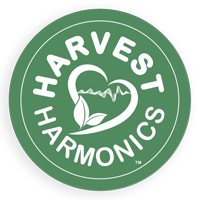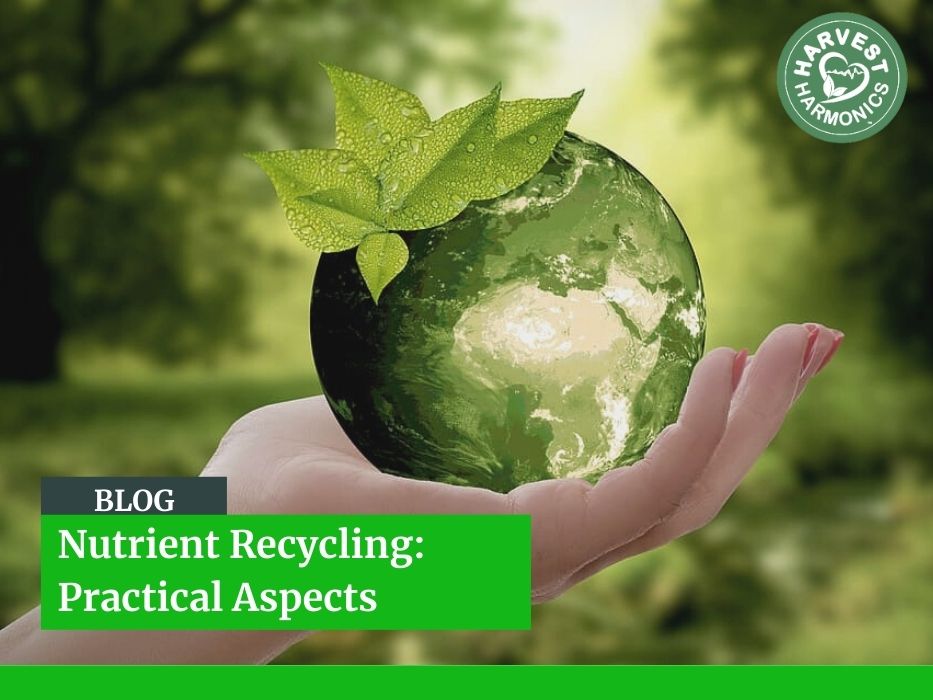
Nutrient Recycling: Practical Aspects
The soil system is complex, dynamic and diverse, in it are mineral substances, gaseous elements and a large number of living and decomposing plant and animal organisms.
Soil organic matter influences almost all important properties that contribute to soil quality, despite representing a small percentage of the weight of most soils (1% – 6%). The quality and quantity of organic matter can...
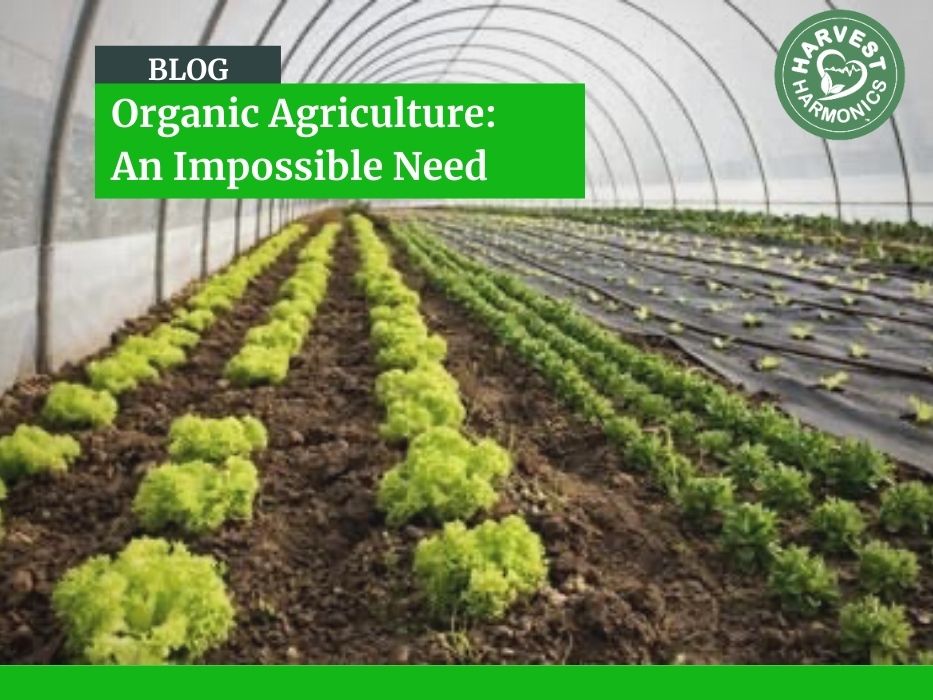
Organic Agriculture: An Impossible Need
Among the most significant demands and mandates that are being received by research institutions, technology transfer centers, municipal organizations, non-governmental organizations and international cooperation agencies, is the development and transfer of appropriate technology. for food production in cities or their peripheries. Within this context, the generation and application of...
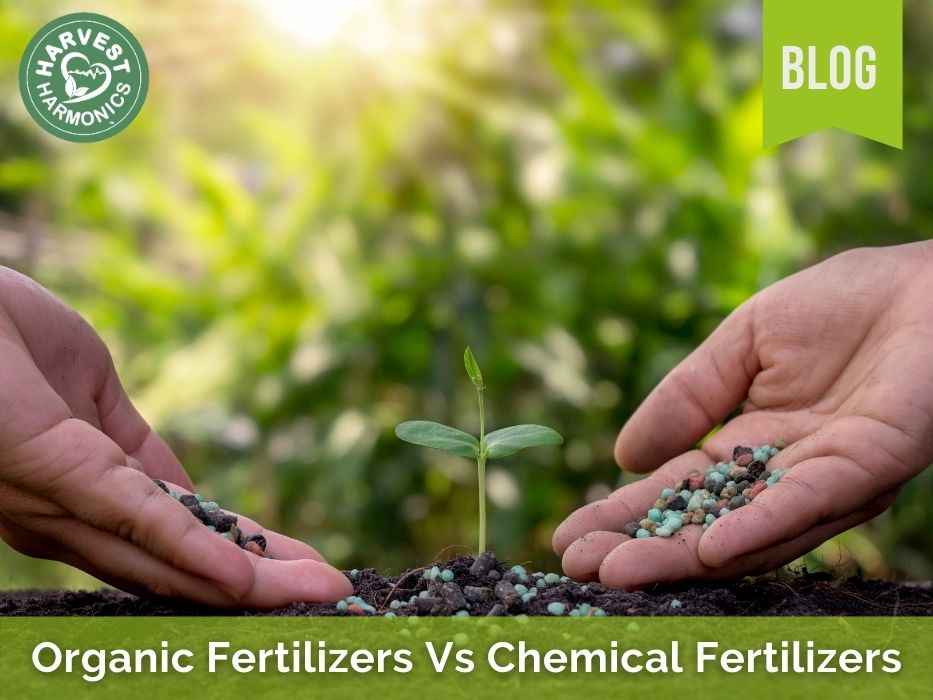
Organic Fertilizers Vs Chemical Fertilizers
Plants and crops need nutrients for their proper development and optimal crop performance. These nutrients are taken from the air through the leaves (CO2 and O2) and, mainly, from the soil through the roots (macronutrients: N, P, K, Ca, Mg, S and micronutrients: Fe, Mn, Zn, Cu, B…). For a soil or substrate to have and provide all the nutrients that the plant needs, it is necessary to fertilize...
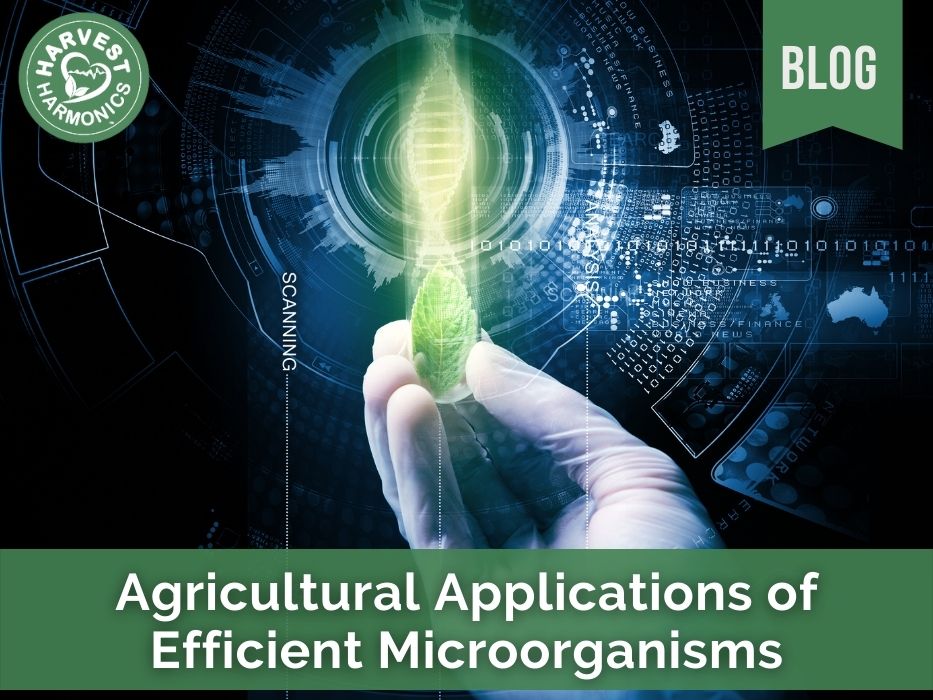
Agricultural Applications of Efficient Microorganisms
For the action of microorganisms to be efficient, environmental requirements must be known, including humidity, temperature and pH. There is a greater diversity of microorganisms in environments with a neutral pH between values of 6 to 8 and with temperatures between 15-45°C (50-113°F). The reproduction or inoculation of ME is carried out under anaerobic fermentation.
Several authors have...

Pesticide Poisoning of Humans
The estimates of poisonings and deaths made by the World Health Organization (WHO) and the United Nations over three decades dramatically reflect the growing tragedy that, for millions of people, particularly in southern countries, has signified the agricultural production model known as the green revolution. This crisis is deepening under the so-called new green revolution, based on...

Who is Mainly Responsible for Greenhouse Gas Emissions?
Where and from which sectors does the greatest amount of Greenhouse Gases, a key factor in Climate Change, originate? Report by Eng. Gustavo Oliverio of the Producir Conservando Foundation.
It is surprising to see how the issue of greenhouse gas (GHG) emissions linked to climate change and a direct connection with livestock activities, meat or dairy production is raised on a recurring basis....

The Importance of Amino Acids in Agriculture
It is an evidence that biostimulants for plants are on the rise and have come to the agricultural sector to stay, since this class of products has many benefits to contribute to agriculture and, in addition, they are respectful with the environment. In today’s post, we are going to specify the types of biostimulants in agriculture and we are going to explain each of them in detail....

Three Precise Recommendations to Improve Agricultural Soil Quality
Soils are the source of food, which sustains life on Earth. As we can see, they play a very important role in global agricultural production. For this reason, every year efforts are made to improve its quality; because a healthy soil is the crucial ally of optimal productions.
Farmland must:
1. Possess all the nutrients necessary for plant growth.
2. Provide support to keep them firm during...

The Importance of Innovation in the Agricultural Sector
Agriculture has undergone significant changes throughout history, as a result of advances in technology and current trends. These changes have motivated the development of new products and production processes, which, in turn, represent a development in the industry itself. When this happens, we are talking about an innovation in the agricultural sector.
Innovation in the Agricultural Sector...

Food Safety and its Relationship with Technology
Today, food safety is an issue that affects the entire production and logistics chain in the food industry. With globalization, food travels thousands of kilometers and can carry contagion of dangerous diseases.
However, there is an aspect that is little discussed and yet, in recent times, has been acquiring greater importance. Despite all the traceability standards, hygiene and safety rules...
